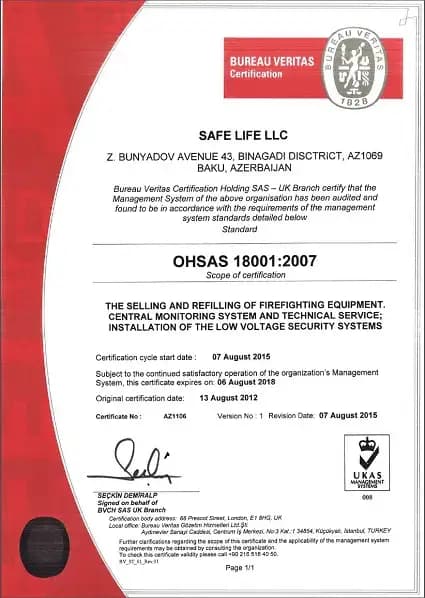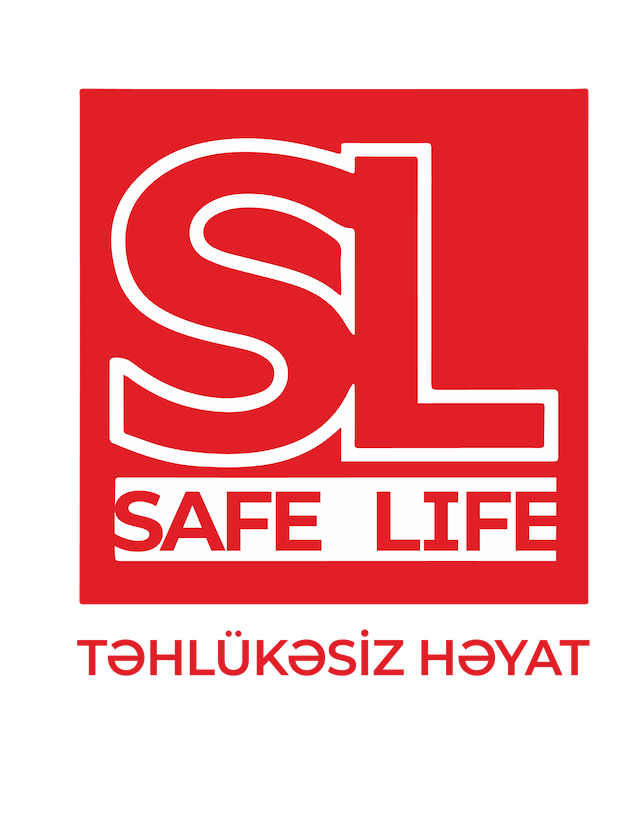OHSAS 18001

About OHSAS 18001
What is OHSAS 18001 management system?
The main goal of the organization's occupational safety management system is to create a reliable and safe work environment, avoid accidents and ensure high-level occupational safety. The most important principles and requirements for occupational safety are mandatory requirements reflected in health and safety legislation.
The OHSAS 18001 standard provides effective management practice for the development of a health and safety management system. It is a mechanism that ensures a high level of occupational safety for all employees and other persons directly affected by business activities.
The purpose of OHSAS 18001
This standard demonstrates ways for an organization to control and manage high risk factors that may arise from day-to-day activities or disaster situations.
Who needs OHSAS 18001?
This series of standards enables the organization to implement a management system and obtain a certificate in accordance with the principles of the internationally recognized OHSAS 18001 standard. By implementing this standard, the organization demonstrates that it wishes to establish an occupational health and safety management system to eliminate or at least minimize risks to employees and other parties who may be exposed to occupational health hazards in connection with their activities. Principles of OHSAS 18001
The occupational health and safety management system is based on the Deming circle of continuous improvement - Plan, Do, Check and Act, which in turn includes the following four directions of action:
- Labor safety and occupational health policy
- Planning, implementation and action
- Monitoring, evaluation and corrective actions
- Management review
Benefits
The OHSAS 18001 certificate demonstrates that your organization cares about the health and safety of its employees and that you are interested in this area. Demonstrating that your organization has an interest in issues such as occupational safety and health will have a positive impact on your success and will provide the following benefits:
- Determining clear objectives that will develop your safety culture, reducing risks by ensuring hazard control through the distribution of responsibilities within the organization
- Increasing the efficiency of operations and as a result reducing accidents and time loss in production
- Fulfillment of legal requirements in the field of labor safety
- Reducing the likelihood of fines for violations and the costs associated with a reactive management strategy such as remediation
- Improving workplace safety/quality, increasing employee morale and commitment to the organization's values
- Reducing insurance risks
- Developing the image of your corporation
